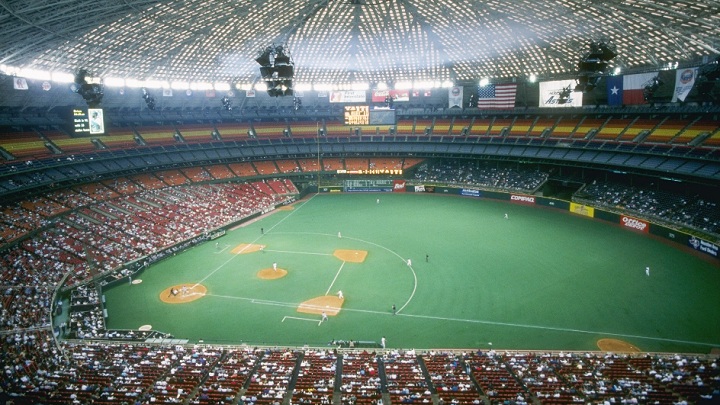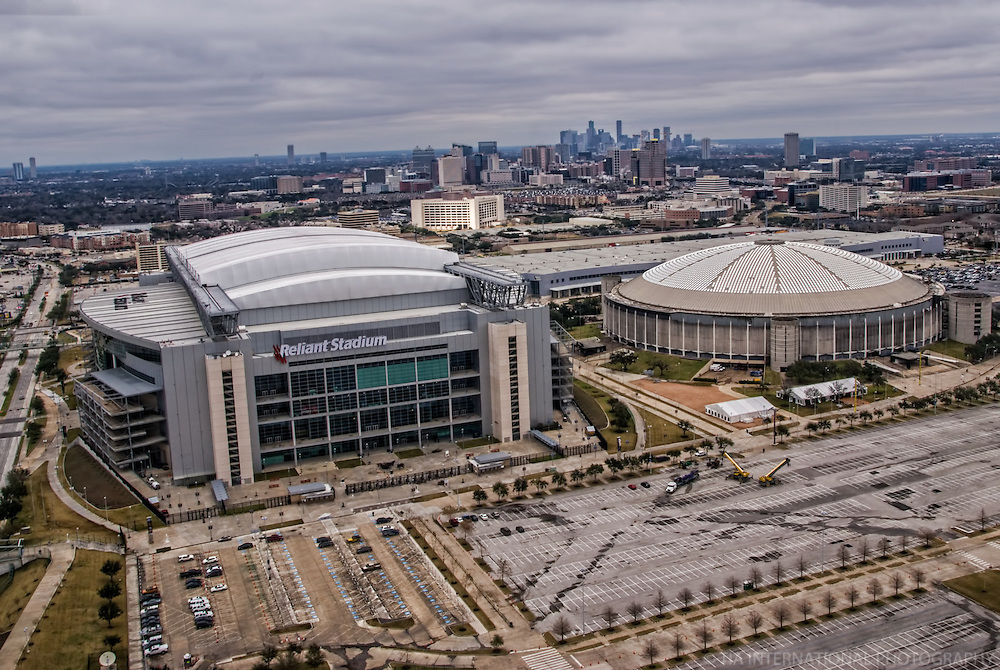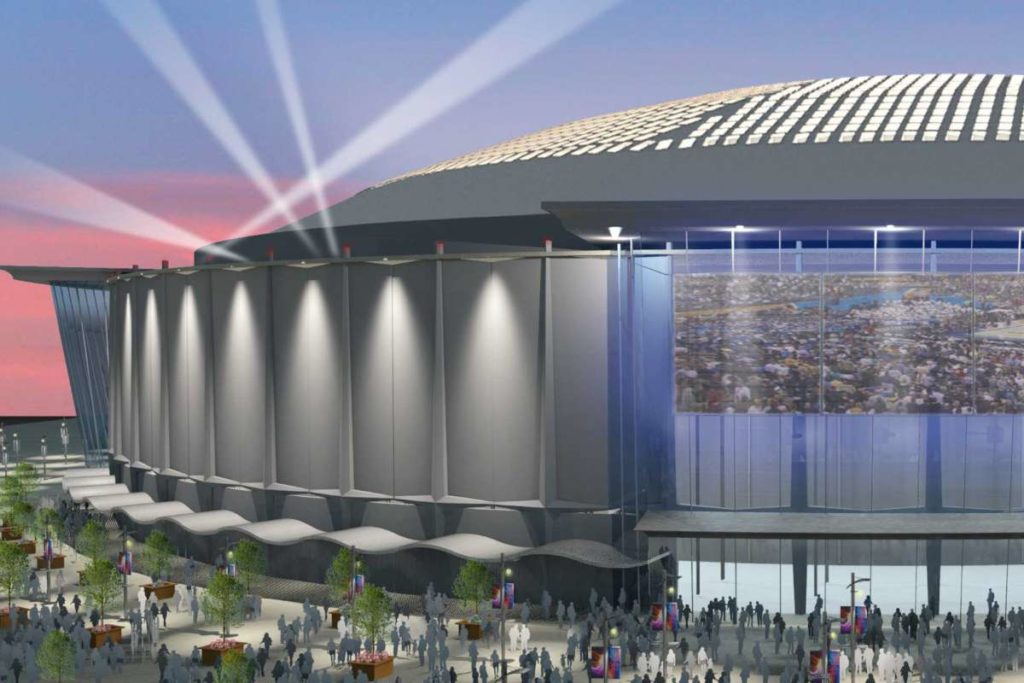As the Astrodome sits abandoned in Houston next to its replacement, NRG Stadium (formerly Reliant Stadium), it’s easy to wonder how a structure once considered the “Eighth Wonder of the World” could have turned into a project management and city planning nightmare.
In 1960, Houston was granted an expansion MLB team that we know today as the Houston Astros. To welcome their first major league team, the city and investors went all out and constructed a multipurpose stadium designed to hold football, baseball, and other events. It was considered a feat in engineering and technology due to its dome, Astrolite scoreboard, artificial turf, air conditioning system, and seating capacity among many other highlights. Additionally, its proximity to the newly opened theme park, Astoworld, turned Houston into a huge tourism hub. To call the project a success, would be an understatement. The stadium was even completed on budget and six months early!

However, despite its former glory and memorable moments, the city of Houston can’t seem to figure out what to do with the Astrodome. When the NFL’s Oilers left for Tennessee and the Astros received funding for a new stadium, it looked like the dome’s days were numbered due to its age and failure to meet structural codes. The Astros played their last game at the stadium in 1999, and soon, major events started booking other venues. In fact, the Astrodome became so unfavorable, that when Houston was awarded an expansion team in the form of the NFL’s Texans, it opted to build a completely new stadium, Reliant Stadium, …right next door.

In 2008, city inspectors closed the dome following health and safety code failures because the owners and the city couldn’t see the value in restoration due to the other, newer complexes in town. The city paid $500,000 for a study to find out what they should do with the Astrodome in 2012. The public still wanted it around because of the memories it had there, but re-purposing would cost hundreds of millions of dollars, restoring it would cost tens to hundreds of millions of dollars, and leaving it costs around $2 million in maintenance. Demolition would cost tens of millions of dollars due its proximity to NRG Stadium and a necessary asbestos removal.
Dozens of plans have been suggested and some even made it to the polls where they were voted down. The people just didn’t see the benefit of using that much taxpayer money to restore the former “Eighth Wonder.” In 2016, a $105 million plan to re-purpose the stadium for indoor parking and event space was approved by the city. In 2017, the Texas Historical Commission voted to mark the Astrodome as a historical structure, leading to the approval of the full $105 million dollars for the re-purposing project since this designation forbid demolition without commission approval. However, when things finally started to look bright after over a decade of abandonment, the city of Houston encountered budget problems in 2019, leaving the future unclear.

Fortunately (or unfortunately), hindsight is 20/20. If city officials recognized the nostalgia and love that the public has for the Astrodome, the money used support its maintenance and build its successor could have gone into bringing the stadium into the 21st century. Due to these mistakes, Houston must now deal with the consequences and continue to try to find a reasonable solution to this problem.
Here are some links for more reading and one for a YouTube video:
0 Comments